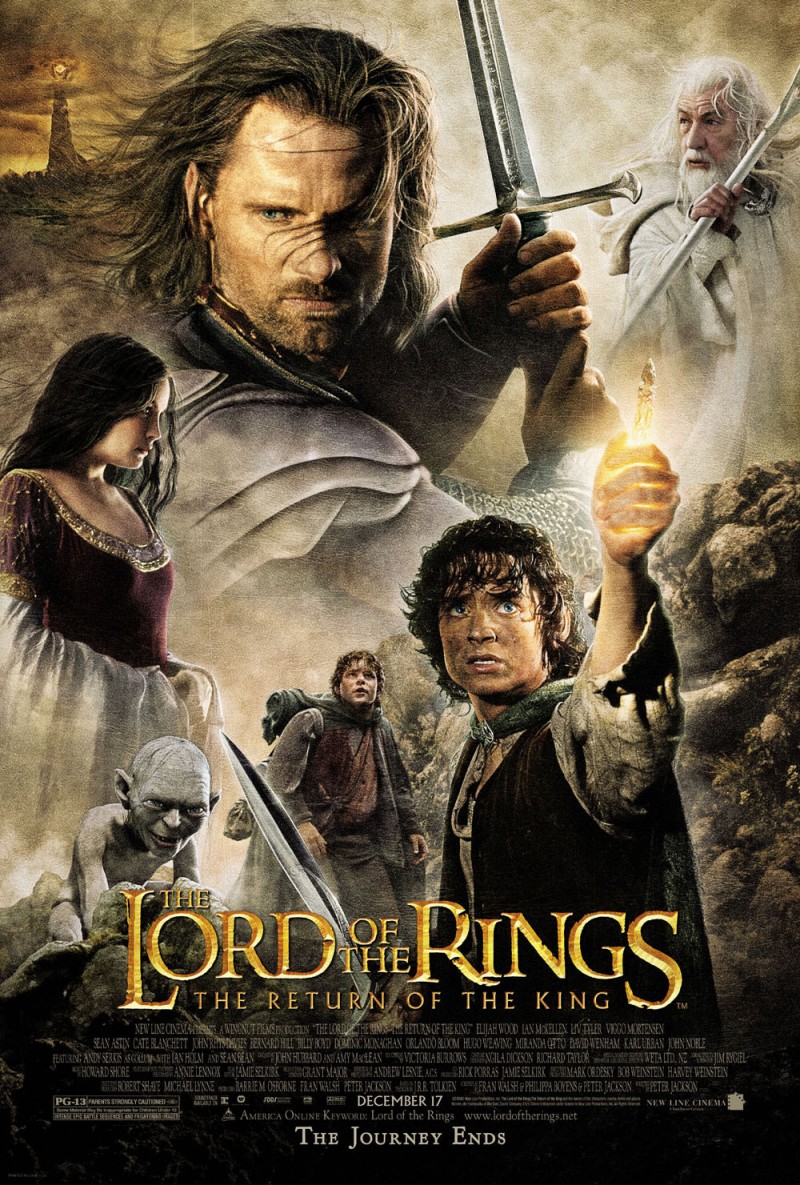The Lord Of The Rings Movies: A Comprehensive Guide
The Lord of the Rings movies have captivated audiences around the world since their release, bringing J.R.R. Tolkien's epic tale to life with stunning visuals and powerful storytelling. These films are not just mere adaptations; they are monumental achievements in cinema that have set new standards in filmmaking. In this article, we will explore the intricacies of the films, delve into their production, analyze their impact, and discuss the legacy they leave behind.
The journey of The Lord of the Rings movies began with the ambitious vision of director Peter Jackson, who took on the monumental task of adapting Tolkien's beloved novels. The trilogy consists of three films: "The Fellowship of the Ring," "The Two Towers," and "The Return of the King." Each film not only tells a part of the larger story but also stands alone as a cinematic masterpiece filled with rich characters, breathtaking landscapes, and profound themes.
Through this comprehensive guide, we will uncover the key elements that contribute to the success of The Lord of the Rings movies. We will discuss the cast, crew, and the groundbreaking special effects that brought Middle-earth to life. Additionally, we will explore the cultural impact of the films and their relevance in today’s world. Whether you are a die-hard fan or a newcomer to the franchise, this article is designed to provide you with a thorough understanding of this cinematic phenomenon.
Table of Contents
- Introduction
- Biographical Details
- Overview of the Films
- Casting Choices and Performances
- Production Insights
- Special Effects and Innovations
- Cultural Impact and Legacy
- Conclusion
Biographical Details
| Full Name | Peter Jackson |
|---|---|
| Date of Birth | October 31, 1961 |
| Nationality | New Zealand |
| Notable Works | The Lord of the Rings Trilogy, The Hobbit Trilogy |
Overview of the Films
1. The Fellowship of the Ring
"The Fellowship of the Ring," released in 2001, is the first installment of the trilogy. It introduces viewers to the perilous quest of Frodo Baggins and his companions as they embark on a journey to destroy the One Ring. The film received critical acclaim and was nominated for numerous awards, setting the stage for the subsequent films.
2. The Two Towers
The second film, "The Two Towers," released in 2002, continues the story as the fellowship is divided. The film focuses on the battles between the forces of good and evil, showcasing character development and the deepening of relationships among the members of the fellowship.
3. The Return of the King
Concluding the trilogy, "The Return of the King," released in 2003, follows the final battles against Sauron’s forces. This film won numerous Academy Awards, including Best Picture, and is often regarded as a crowning achievement in cinematic history.
Casting Choices and Performances
The casting of The Lord of the Rings movies was crucial in bringing Tolkien's characters to life. Peter Jackson assembled a talented ensemble cast including:
- Elijah Wood as Frodo Baggins
- Ian McKellen as Gandalf
- Viggo Mortensen as Aragorn
- Sean Astin as Samwise Gamgee
- Orlando Bloom as Legolas
- John Rhys-Davies as Gimli
- Liv Tyler as Arwen
- Cate Blanchett as Galadriel
Each actor brought their character's essence to life, contributing to the emotional depth and complexity of the story.
Production Insights
The production of The Lord of the Rings movies was no small feat. Filmed simultaneously in New Zealand, the project involved extensive planning and coordination. Key elements included:
- Location Scouting: New Zealand's breathtaking landscapes provided the perfect backdrop for Middle-earth.
- Filming Techniques: Innovative techniques were used to create realistic battles and stunning visuals.
- Collaboration: The collaboration between various departments, from art to special effects, ensured a cohesive vision.
Special Effects and Innovations
The special effects in The Lord of the Rings movies set a new benchmark in the film industry. Some notable innovations included:
- Weta Workshop: The special effects company that created the stunning visuals and practical effects for the films.
- Motion Capture: Used extensively for the character Gollum, allowing for a lifelike portrayal.
- Miniatures: The use of miniatures, known as "bigatures," created realistic landscapes and buildings.
Cultural Impact and Legacy
The impact of The Lord of the Rings movies extends beyond the screen. The films have influenced pop culture, inspired a dedicated fan base, and revived interest in Tolkien's works. They have also led to:
- Merchandising: An array of merchandise, including toys, clothing, and collectibles.
- Conventions: Fan conventions celebrating the films and their legacy.
- Video Games: Numerous video games based on the films and books, expanding the universe further.
Conclusion
In conclusion, The Lord of the Rings movies represent a monumental achievement in filmmaking. From their captivating storytelling to groundbreaking special effects, these films have left an indelible mark on the cinematic landscape. As we reflect on the legacy of Middle-earth, we invite you to share your thoughts and experiences with the trilogy. Have you watched all the films? What is your favorite moment? Let us know in the comments below!
Thank you for reading! We hope you found this article informative and engaging. For more insightful content, feel free to explore our other articles or subscribe to our newsletter for updates.
Understanding The USD To JPY Exchange Rate: A Comprehensive Guide
Exploring The World Of Deaf Male Actors: Breaking Barriers In Hollywood
Understanding NDX: A Comprehensive Guide To The Nasdaq-100 Index


